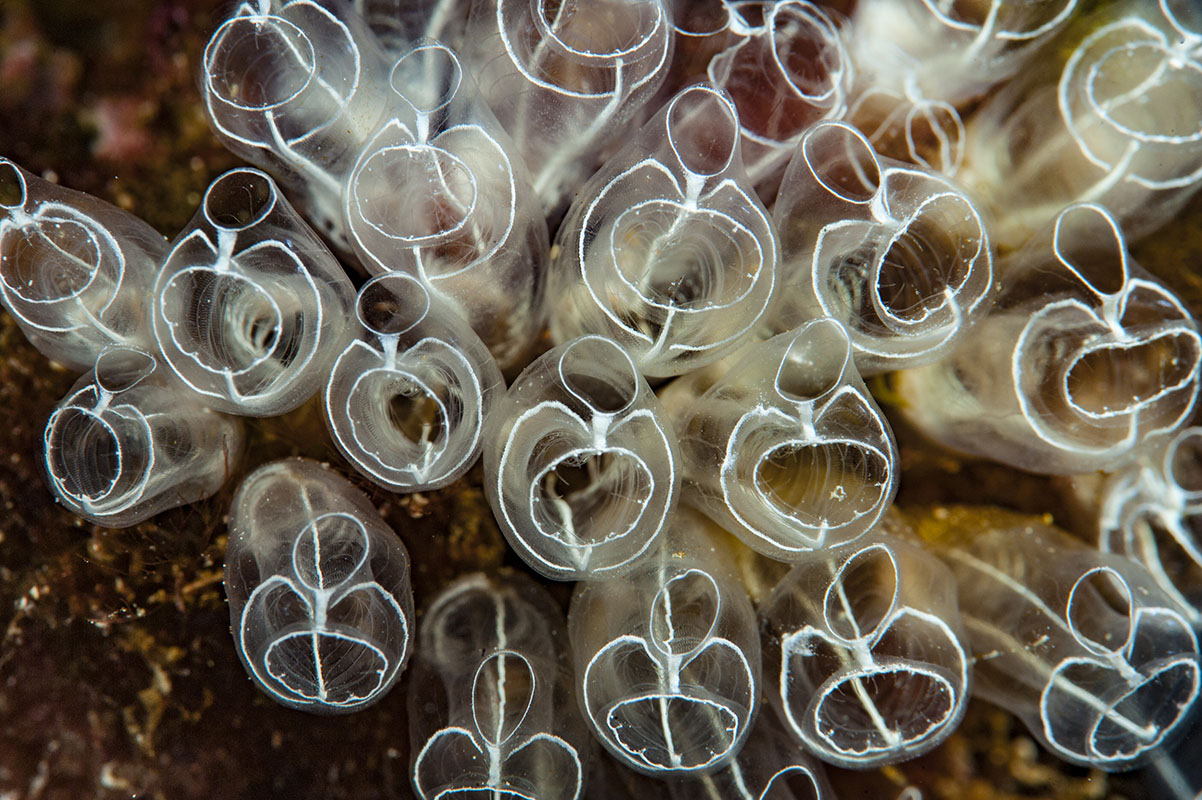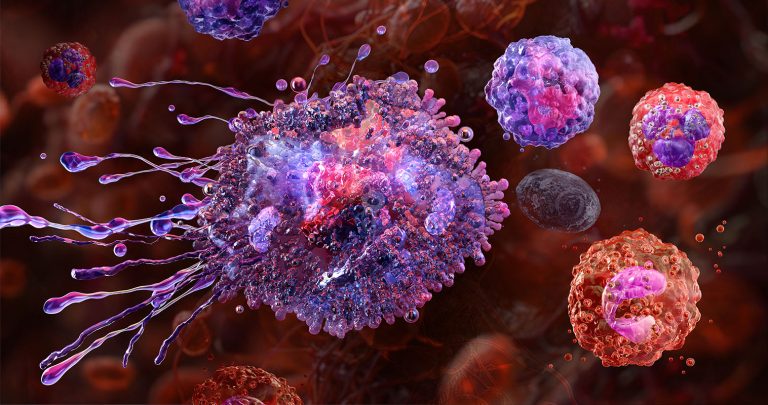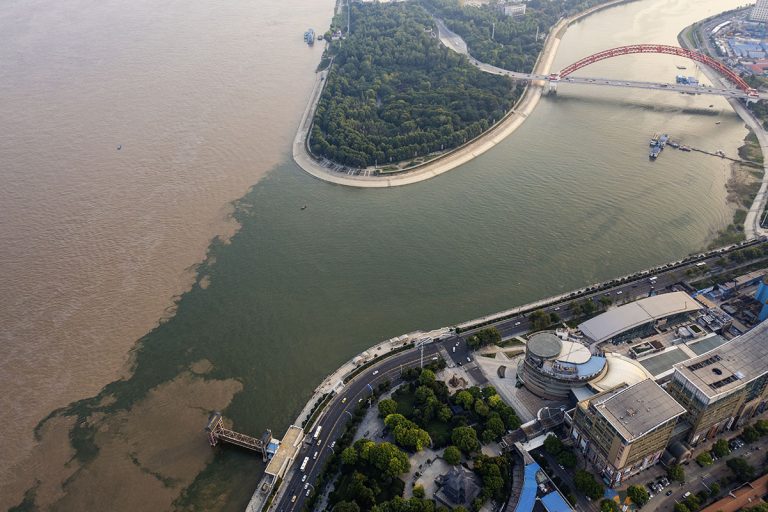Could sea squirts be the next big thing in nanotech?
High-quality nanocellulose networks can be extracted from sea squirts by a simple method.
When it comes to a sustainable blue economy and advancing nanotechnology, one marine creature offers promise on both fronts: the sea squirt. This humble invertebrate may unlock ways to produce high-quality nanocellulose—a material made from networks of nanofibers with one dimension in the nanoscale or a billionth of a metre.
Besides being an integral part of healthy coastal ecosystems, sea squirts, or ascidians, are a culinary delicacy in parts of Asia. They can become a hazardous invasive species, travelling the seas attached to the bottom of ships or on marine infrastructure.
Uniquely for an animal, their outer layer or tunic contains nanocellulose. The material is strong, biodegradable and biocompatible meaning it is less likely to be rejected by, or toxic to, the human body.
“As the only animal that makes cellulose, ascidians are an unexploited source of nanocellulose.”
Blaise Tardy
“[Sea squirts] both native and invasive, are a renewable, readily available source of high-quality nanocellulose, with properties unmatched by other sources,” says Blaise Tardy, a bioproduct engineer at Khalifa University.
Sea squirt nanocellulose may be suitable for applications ranging from strengthening composites to biomedical implants. “The main application we are studying now is associated with microfluidics,” explains Tardy, whose team has developed a simple way to extract the nanocellulose.
Microfluidics is the manipulation of tiny amounts of fluids in microchannels—for example, to carry out lab tests such as the rapid antigen tests used at home to detect Covid-19. Nanocellulose has properties, including a surface chemistry that can be tuned to control fluid flow and reactions, that make it a potential alternative to plastics for microfluidics.
Creating the microchannels for microfluidic applications is difficult in nanocellulose extracted from plants or grown in bacterial cultures. That’s where sea squirts can step in. Their outer nanocellulose-containing layer has inbuilt channels, ranging from 50 to 500 micrometres in diameter, that make up part of the animal’s circulatory system, Tardy explains.
“We have developed a very simple process using alkali and bleach to remove protein and fatty acids,” says Tardy. The process preserves the channels embedded in the nanocellulose fibres.
The preserved circulatory channels offer an opportunity to assign functions to different regions, for example injecting magnetic particles in one area to induce a magnetic response and conductive particles to increase electrical conductivity in another area, Tardy says.
“As the only animal that makes cellulose, ascidians are an unexploited source of nanocellulose,” says Tardy, noting that on a dry weight basis, 1 kg of sea squirts yields 232 g of nanocellulose. He proposes two possible ways to efficiently scale up production. One would be by farming native sea squirts in the shallow waters along UAE’s long coastline. The other, by removing invasive sea squirts from marine infrastructure, which would also offer an environmentally friendly alternative to the antifouling coatings that are currently used to control the creatures.
Next steps include further development of multifunctional networks and microfluidics, particularly in the biomedical field; and investigation of the mechanical properties of these networks, particularly when wet.
Reference
Govindharaj, M., Salim, M.H., Dali, M-H. A., Kaniyamparambil, S.H., Arya, S.S., Hathi, Z., Mettu, S., Lizundia, E., Pappa, A.M., Pitsalidis, C. & Tardy, B.L. Multi-scaled cellulosic nanonetworks from tunicates. Adv. Funct. Mater., 2422595, 2025. | Article




